Transport
The Langreo Railway was a milestone in the industrialisation of Asturias. Its project responded to the need of finding an efficient outlet for the mining production of the Nalón valley into Gijón’s seaport. It was authorised in 1844, but different difficulties during its construction delayed the completion of the work until 1856.
It was designed by José Elduayen, the first Spanish engineer to undertake a challenge of such magnitude, and the original route connected Gijón with Sama. It included works of great importance such as the inclined plane of San Pedro or the tunnels of Conixho and Carballín, all of which have disappeared or have been replaced nowadays. The gauge chosen was 1.44 metres and the line was 39 kilometres long.
Later, the line was extended in 1876 from Sama to Oscura (currently El Entrego) and, finally, to Pola de Laviana in 1885. The railway network was later extended with several branches that gave access to different mining loading docks, as well as to El Musel seaport, until a network of about 62 kilometres was created.
The Langreo Railway remained a private company until 1972, when it was integrated into the public company Feve. Eleven years later, its tracks were converted to metric gauge to connect them with the rest of the railway network. More recently, its route has been electrified and the coal transport, which had been its main purpose, has disappeared, relegating it to a suburban train service. Other modifications include the subsequent changes made to the station in Gijón and the future underground laying of the line between La Felguera and Sama.
Its heritage importance lies in its condition of historical route, being essential to understand the industrial history of the Principality of Asturias. Along its route, we can find several examples of railway architecture dating between the origins of the railway and the middle of the 20th century (railway stations in Sotiello, Pinzales, El Berrón, Sama or Pola de Laviana). Other interesting elements are some minor masonry works or auxiliary installations in Sotiello, Boca Sur or La Felguera, as well as the old mining loading docks that define the route.

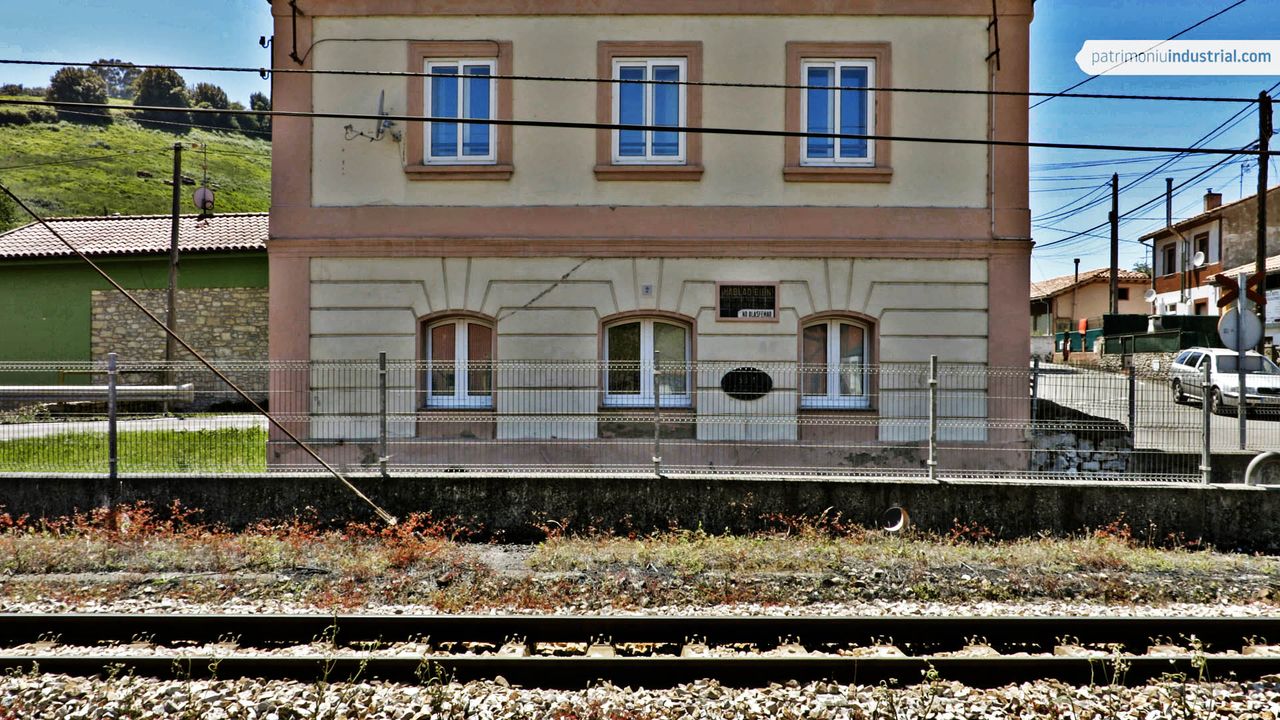
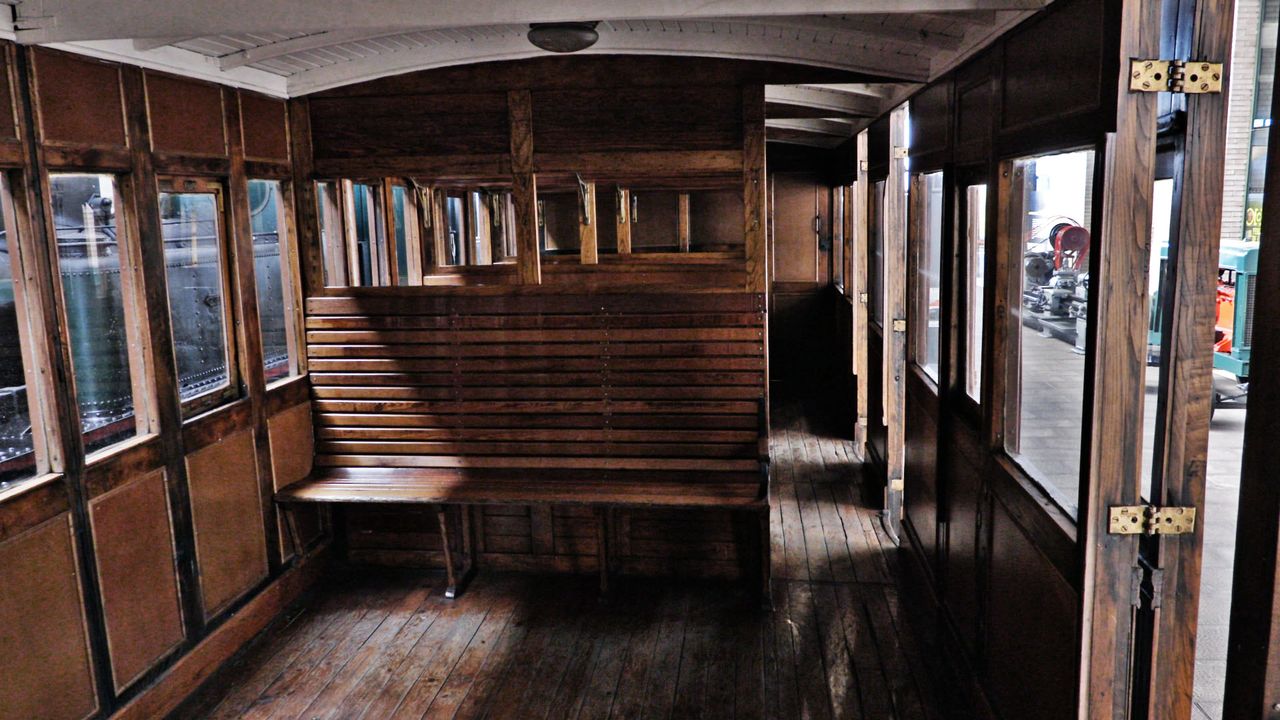
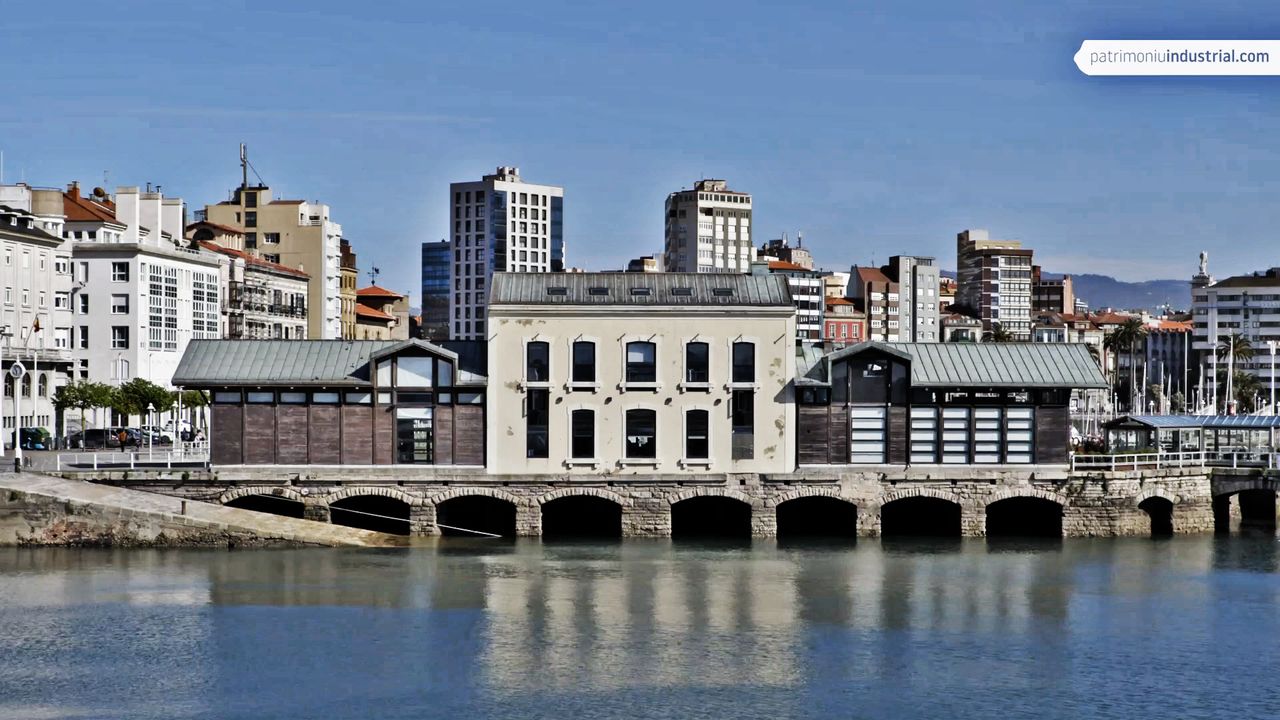
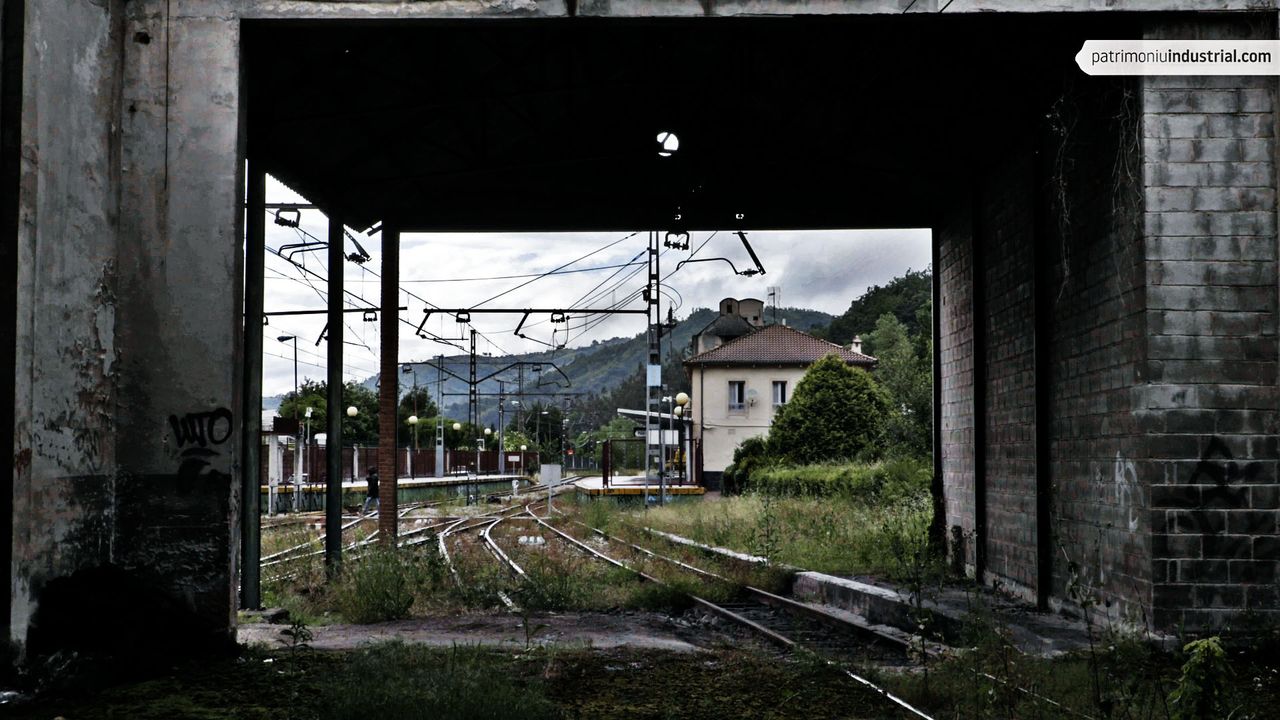





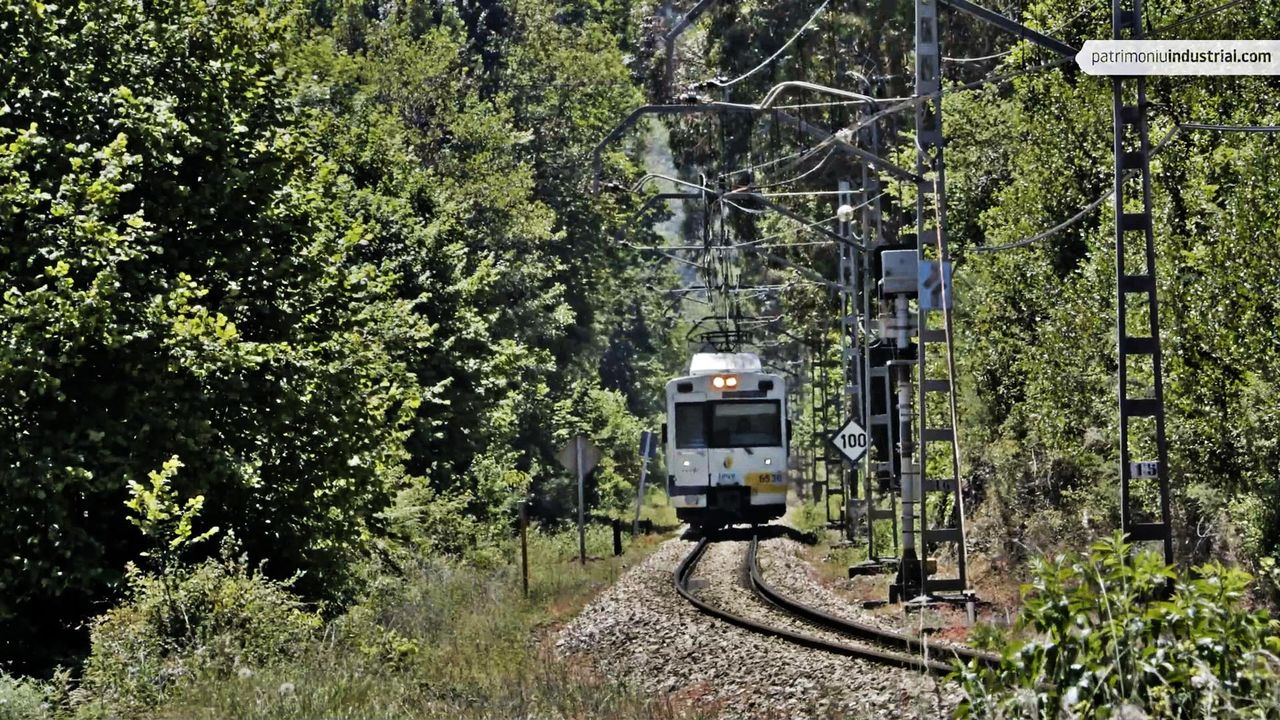

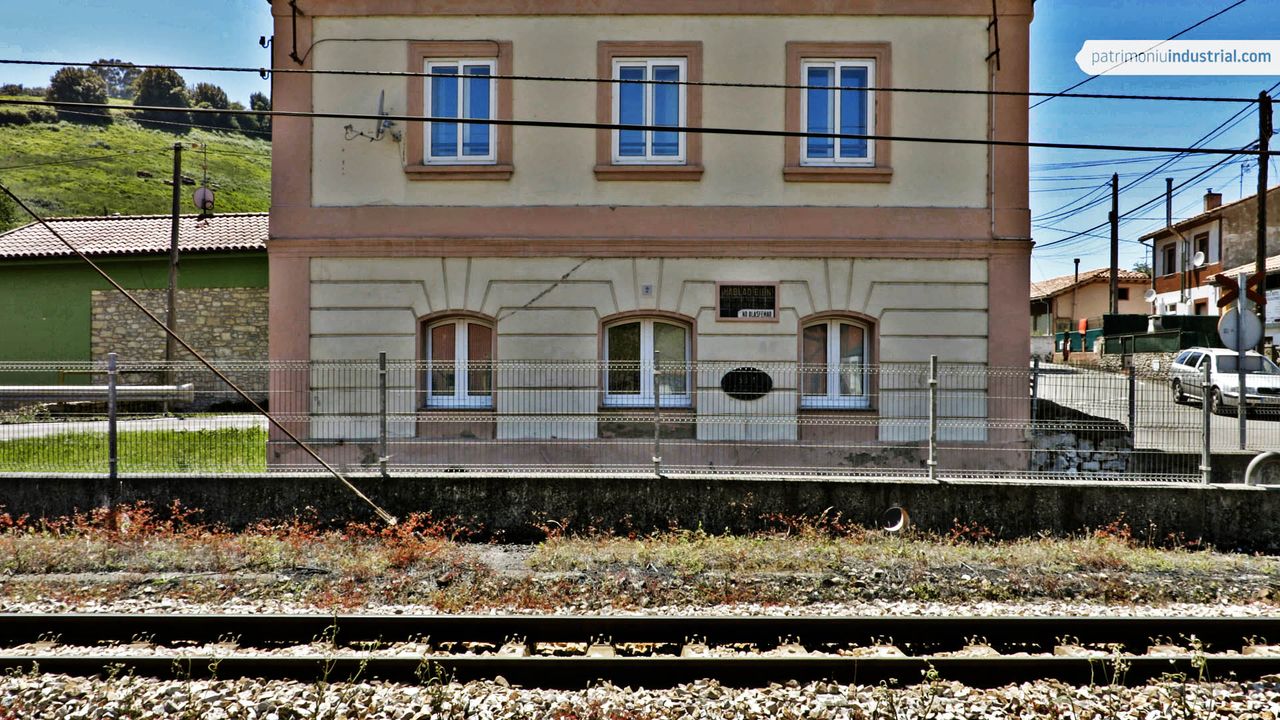
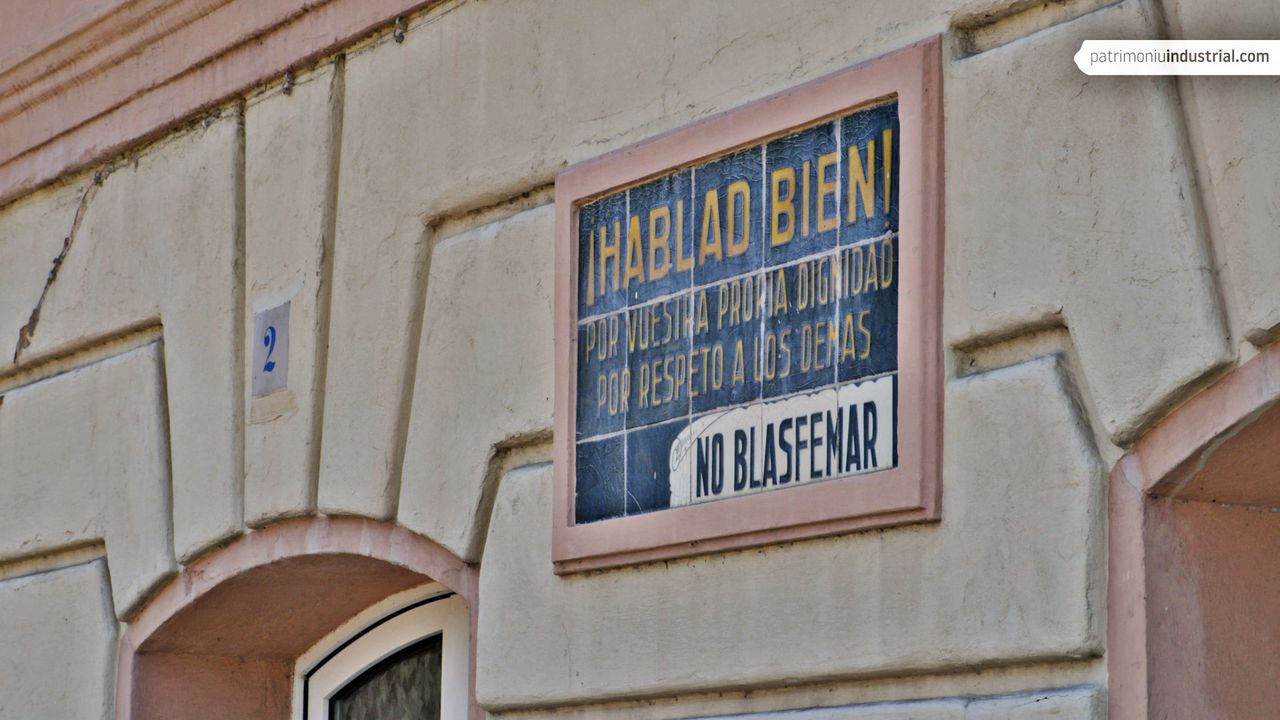
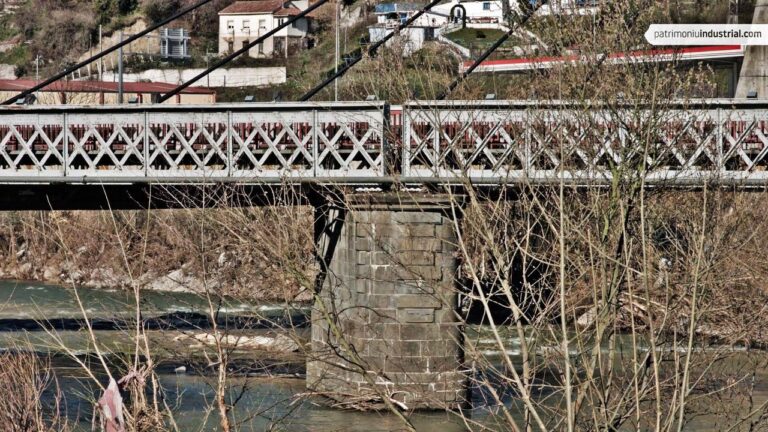
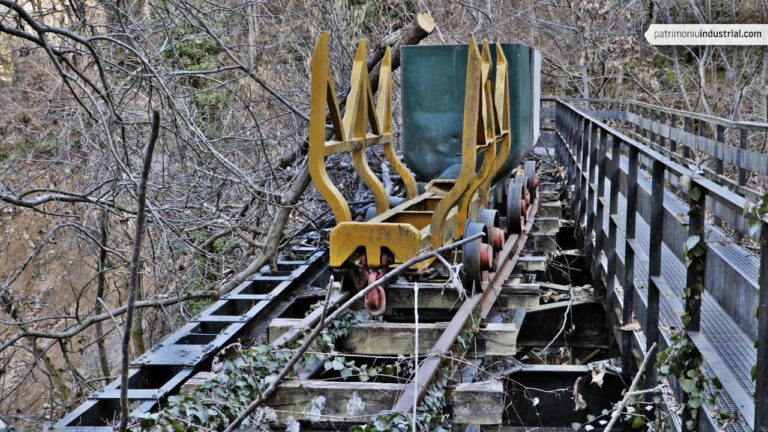
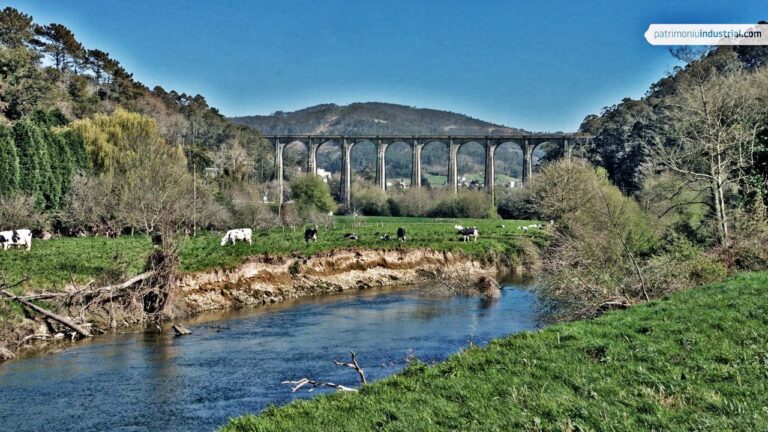

Recent Comments